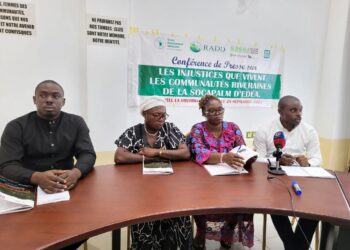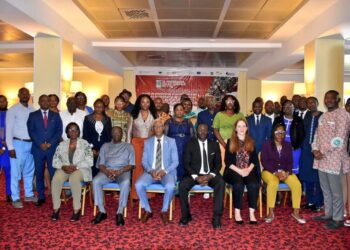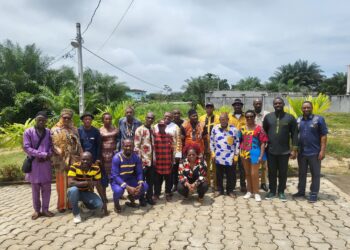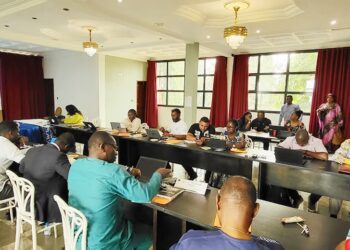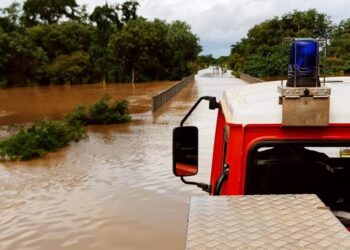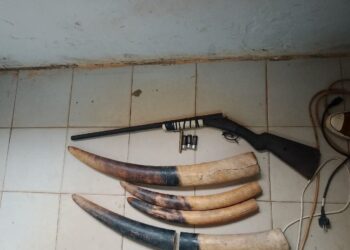The Cameroonian civil society organisations signatories to this press release have learned with regret of Decree N°2023/01630/PM of 27 April 2023, issued by the Prime Minister. Head of Government, Chief Dr Joseph DION NGUTE, classifying 68,385 hectares as a Forest Management Unit (FMU) 07006 as a private State property located in the Nkam and Sanaga Maritime divisions in the Littoral Region.
We express our deep concern about the consequences that this decree will have on the biodiversity, climate change and community resilience.
This forest unit classified by decree N°2023/01630/PM of 27 April 2023, is the same One that was classified by decree N°2020/3216 of 14 July 2020 of the Prime Minister and which was subsequently withdrawn by decree N°2020/3900/PM of 06 August 2020 by the Prime Minister.
How are we to understand this backpedalling by the Prime Minister in particular and the Cameroon government’s overall vision for forest resource management as a whole? Yet the factors that led to the withdrawal of the FMU lassification of this parcel of forest in 2020 are still very relevant. These include
1-) Exceptional Biodiversity:
The forest classified as an FMU is home to a unique biodiversity, including:
– The largest population of Nigeria-Cameroon chimpanzees (Pan troglodytes ellioti) (Morgan et al 2011);
– The only chimpanzee population in the world with both the ability to crack nuts and extract termites: The largest remaining population of Drills (Mandrillus leucophaeus) in the world (Morgan et al 2013):
– Forest elephants (Loxodonta africana cyclotis): One of the two remaining populations of Preuss’s Bay Colobus (Piliocolobus preussi);
– At least 12 new plant species for science, discovered and published, all of which are threatened with extinction worldwide and most of which are endemic. notably Talbotiella ebo, Ardisia ebo, Crateranthus cameroonensis, Palisota ebo, Gilbertiodendron ebo, Inversodicraea ebo, Kupeantha ebo).
– A diverse bird community, with some important species attracting the curiosity of ornithologists, notably the Grey Parrot (Psittacus erithacus) (Whytock & Morgan 2010).
2-) Important carbon stock
Recent estimates show that the classified FMU stores around 35 million tonnes of carbon (Global Forest Watch 2020), which represents a carbon reservoir that could be offered
on the international market. Ensuring better protection of this forest will enable the State to meet its international determined commitments to reduce greenhouse gas emissions, protect biodiversity and improve living conditions for local communities.
3-) Vital living space for riparian communities Long even before Cameroon gained independence in 1960, the classified forest was inhabited. It is considered to be the customary land by more than 40 local communities, and many of their ancestors are buried therein. The forest is culturally important, with ancestral and sacred sites and territories of life, as well as being of considerable customary and economic importance. Local people draw on the forest for their livelihoods, using non-timber forest products for food, medicines and crafts.
4-) Recommendations
In view of the harmful consequences and impacts of classifying the aforementioned forest for logging purposes, we recommend, among other things the withdrawal of classification decree N°2023/01630/PM; following:
The creation of Territories and Areas Conserved by Indigenous Peoples and Local Communities (ICCA’s territories of life), community forests or a protected are co-managed by the State and local communities; Setting up initiatives to enhance ecosystem services.

